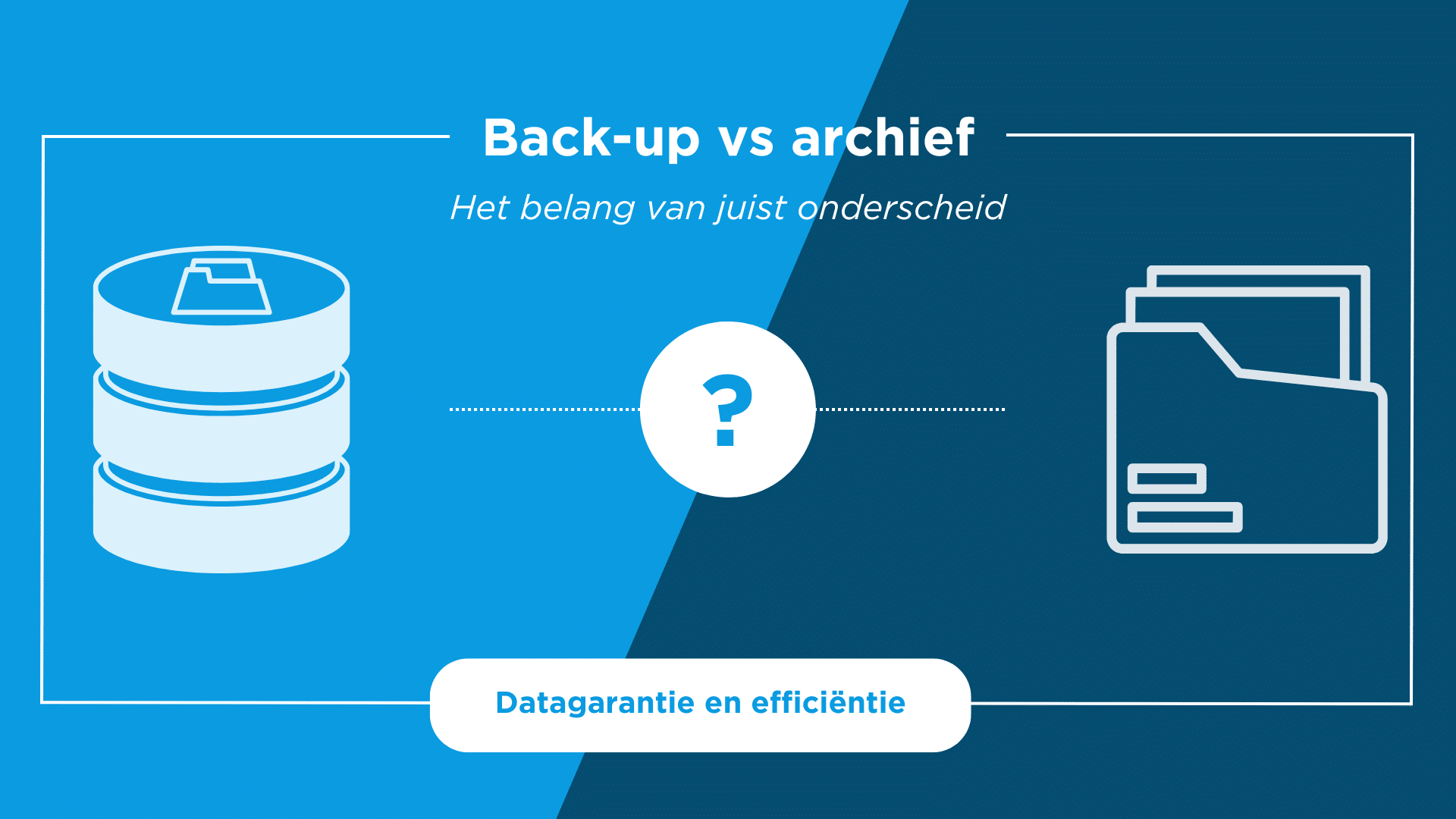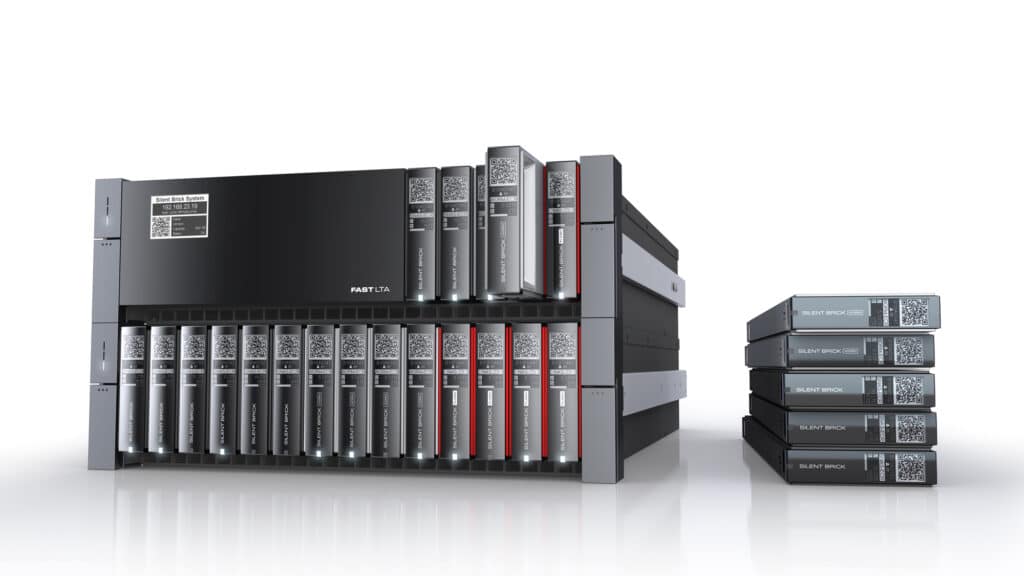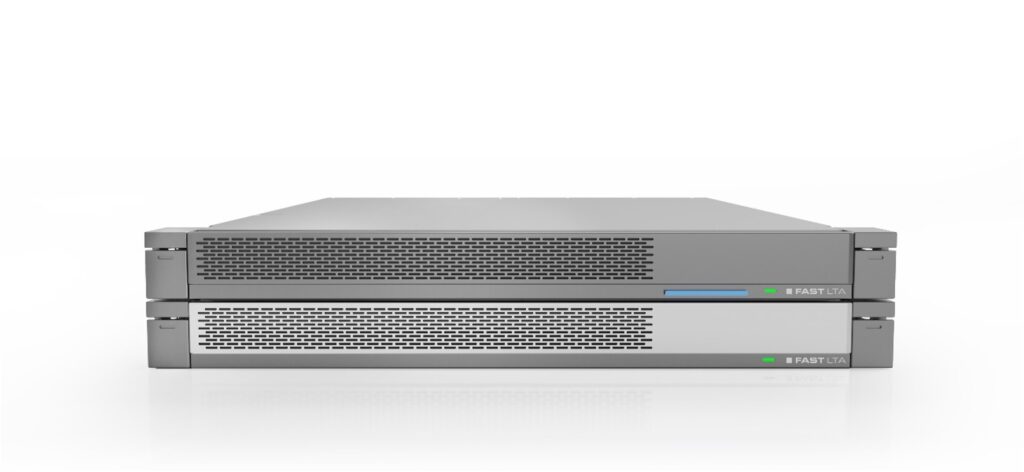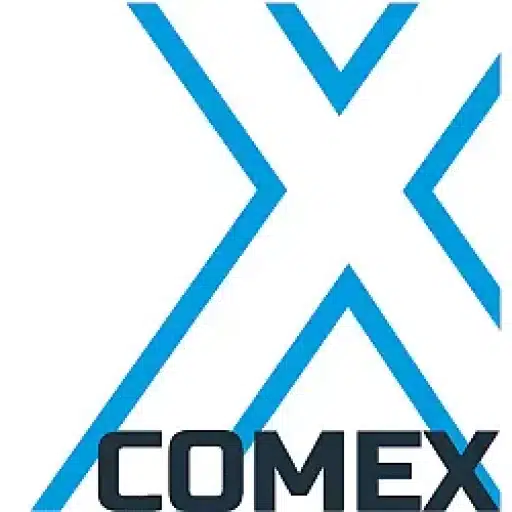+31 (0)43 30 88 400 | office@comex.eu

Future-proof data: data assurance through proper separation of backup and archive
Recent focus on the distinction between backup and archive has highlighted an important question within data storage and management. How exactly do you distinguish between backup and archive? And how does this contribute to the long-term vision of organizations? This distinction is essential for data assurance, cybersecurity, accessibility and business continuity.
Backup versus archive: More than just storage
Backups are periodic copies of data. Backups serve as a safety net, an essential facility to enable rapid recovery after data loss due to failures or attacks. Archive, on the other hand, stores data for longer periods of time, often for compliance or historical purposes. Proper separation prevents inadvertent changes and optimizes storage space.
Data assurance and compliance
Proper separation between backup and archive ensures that sensitive data is not only protected from loss, but also complies with legal and regulatory requirements. This ensures that organizations meet their data storage and protection obligations. Backup and archive data are different in nature and have different requirements to justify data assurance.
Cybersecurity: Protected from threats
By keeping backup and archive data separate, organizations reduce the damage risk from cyber attacks and data corruption. This leads to a more secure storage environment where data integrity is ensured. Data is more secure with the right security measures. With archive, a (hardware) WORM protection ensures that the data cannot be modified or deleted in any possible way, providing data assurance. With backups, several backups in different locations, preferably with an offline air-gapped backup, ensure that a complete backup is available at all times to activate within a very short time in case of emergency.
Accessibility: efficient data management
By making a clear distinction, backup data remains immediately accessible for recovery, while archive data is stored securely and immutably. This promotes operational efficiency and ensures that data is available when needed. When archive data that does not need to be directly accessible ends up in the backup, it means that the backup storage contains unnecessarily large amounts of data. As a result, the storage layout is inefficient and costs can quickly run high.
Business continuity: a stable foundation
Proper distinction creates a robust and resilient data structure that is essential to the uninterrupted functioning of your organization. This reduces downtime and supports quick responses to any data-related incidents.
Active WORM Archive
As described in our previous blog, implementing an active WORM archive reduces the size of your backups, increases the security of your data and reduces costs. This is an excellent way to ensure proper separation between backup and archive to ensure your data integrity.
Conclusion
Distinguishing correctly between backup and archive is a strategic move that lays a strong foundation for secure and efficient data storage. This not only ensures compliance and security, but also increases operational efficiency and contributes to the long-term stability of your organization.
Silent Bricks & Silent Cubes: Reliable data guarantee

Enjoy secure, complete data backup with the flexible Silent Brick system that fits your organization’s needs seamlessly.
With the highly secure Silent Cube system, you guarantee long-term, compliant archiving without any data loss.



